Last updated on April 4th, 2024
Featured image: Michele McCarthy discovers widowed solo travel and her passion for Cheetahs in Kenya | Photo by wirestock on Envato
Solo travel helps Michele McCarthy change her life
by Rupi Mangat
Michele McCarthy is a very different Michele from the woman I met in 2021, just after she was widowed. The woman now sitting in front of me at a fine restaurant in Nairobi, Kenya is confident, her eyes sparkling and skin glowing after her two-week sojourn in Meibae Conservancy in northern Kenya, roughing it out in the hot arid land that is a cheetah stronghold whose global population is less than 10,000 in the wild today.
“Kenya has given me a whole new lease on life,” she enthuses, sipping her sangria. “And solo travel made me take responsibility of my own life.”
In 2021, Michele took her first safari to Kenya, where she saw her first cheetahs in the wild in Samburu National Reserve. At the time, she was still grieving, recently widowed after 30 years of a happy marriage. She and her husband had planned on traveling, both with successful careers – he in local politics and her in finances, having raised two sons. But in 2019, her husband was diagnosed with cancer and her world turned upside down. In just over a year, he was gone.
“Kenya has given me a whole new lease on life, and solo travel made me take responsibility of my own life.”
—Michele McCarthy
Designing a new life
“It was very hard,” states Michele. “I didn’t want to stay in the same house.”
During her husband’s illness, she landed a new job as a grant accounts manager at the Maine General Health Hospital which allowed her to work from home and care for not only her husband but her son who had been brutally assaulted.
She sold her house and her 80-acre sheep farm and moved into a smaller house on a smaller sheep farm. But the void of losing her lifelong love was engulfing. She let out a spare bedroom, went to work, hung the pictures on the wall and took a leap forward.
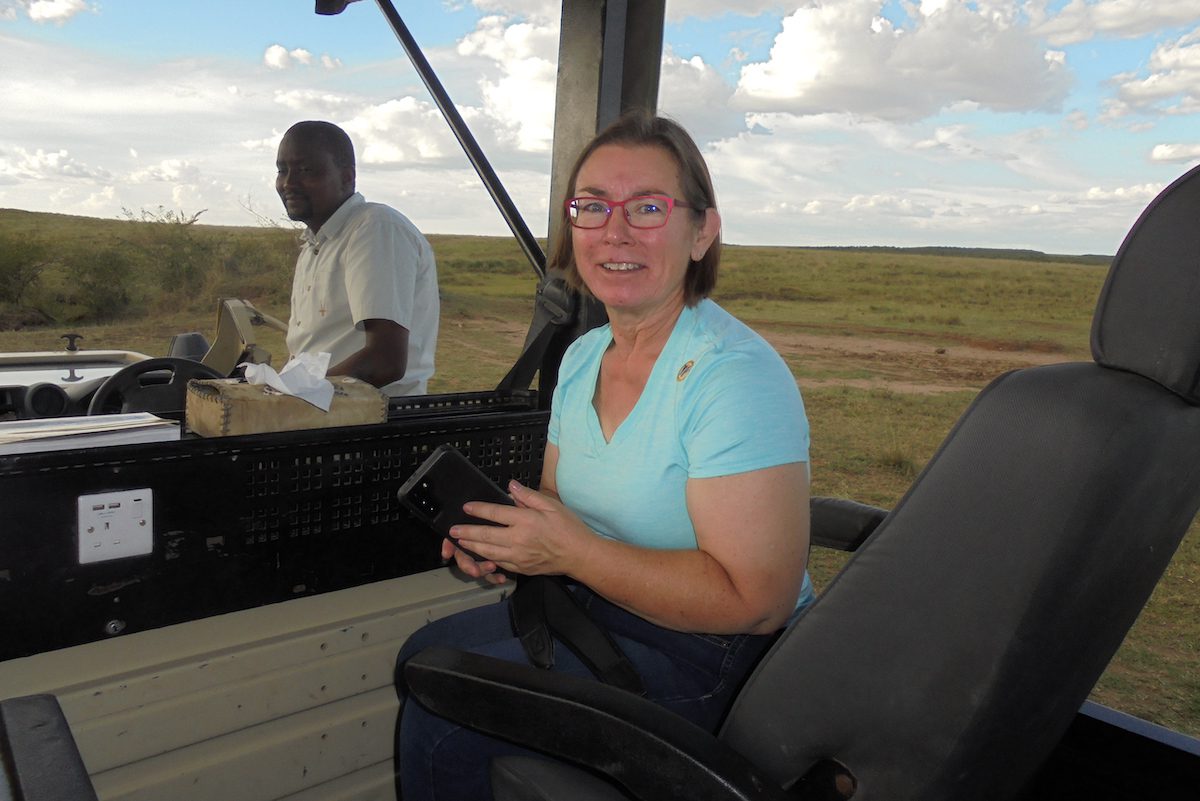
Michele McCarthy on the Maasai Mara wildlife reserve in southern Kenya / Photo provided by Michele McCarthy
Her first widowed solo travel experience changed her life
“My husband worked hard all his life and wanted to travel but kept putting it off because of work,” she says. “I said to myself ‘I’m not going to do that’. I made a promise to myself that I was going to take a big trip every year. I had the money and nobody to answer to.
“But I had a lot of emotional and mental stress. I needed everything done for me because I did not have the energy to plan. I did not want to travel with couples or families. That’s when I found JourneyWoman on the web and the Girls Guide to Paris (now Girls Guide to the World) trip to Paris with a life coach in July 2021.
“It was my first solo trip. But it was bad. I was constantly crying, and everyone was so kind,” she says.
In November 2021, Girls Guide to Paris had another trip, this time a safari to Kenya. It was a life-changer.
“To be in Africa and see the wildlife was like a dream,” she says. “And when we landed in the Maasai Mara, it felt like home to me.”
In the Mara, famed for its big game and wild cats, Dr Elena Chelysheve, founder of the Mara-Meru Cheetah project, gave a presentation on her cheetah research to the group. It got Michele thinking. The cheetah is her favourite animal and she saw her first cheetahs in the wild in Samburu National Reserve.
“I wanted something other than a tourist experience.”
A return to Kenya: The Samburu Sojourn
Her initial plan was to return to Kenya as a volunteer to teach English. But with her financial background and love for wildlife, she was more suited for raising funds for wildlife conservation because money is at the core to run successful projects.
I connected her to Mary Wykstra. In 2022, Michele helped Mary with her fund-raising trip in the US, driving 7,000 miles cross-country.
In February 2024, Michele returned to Kenya to help ACK with the two-week rabies vaccination program in Samburu to ensure all the vaccines were in order at the different villages to vaccinate the dogs. Cheetahs are susceptible to diseases that infect domestic cats or dogs.
Some 4,000 dogs including cats are vaccinated annually.
It was a far cry from her first luxury safari in Kenya.
This time, she was in a tiny canvas tent with a mattress and no en suite washroom. A bucket of water under a tree served as a bathroom. And the toilet, a dug-out hole in the bush with a seat over it. Driving to the villages was often through the bush with no roads – not like the graded roads in the national parks and reserves.
“You don’t see many wild animals like cheetahs outside the parks because they keep away from people,” she says. Yet 80 percent of cheetahs (and other wildlife) are found outside on community land like Meibae.
It’s the impetus for Mary’s founding Action for Cheetahs in Kenya to focus on cheetah conservation involving the local communities like the Samburu livestock owners and farms who share space with the spotted sphinx.
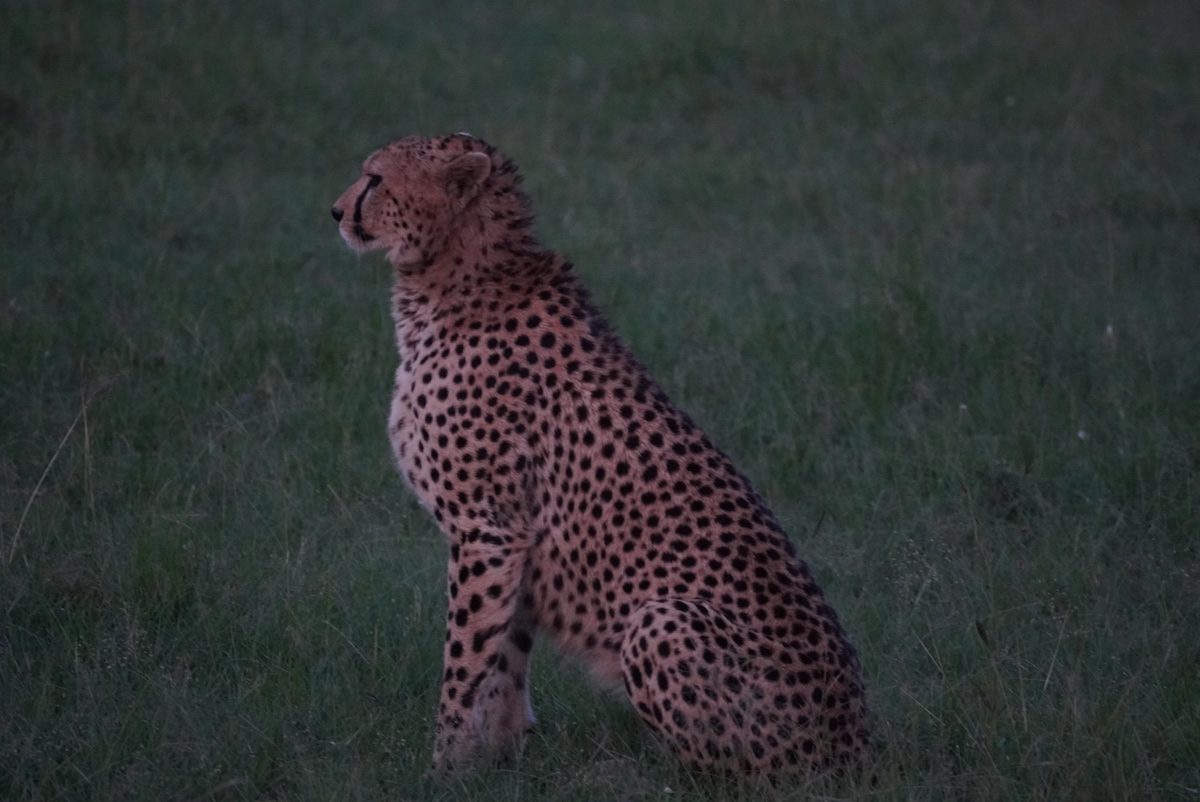
A cheetah spotted on a recent safari in Kenya / Photo by Michele McCarthy
How a two-week work experience changed everything
Cheetahs are more than 99 percent genetically identical.
“It’s such a specialized animal that l feel, it’s a freak of nature because it is so delicate that even lions, leopards and hyenas steal its food,” says Michele.
“I hid cheetah poop and then went out with the dogs and the head dog handler on a training run,” describes Michele her ‘job. Cheetah poop or scat in cheetah conservation lingo is termed ‘black gold’.
Scat detection dogs play a vital role in cheetah conservation, sniffing it out in the bush, after being trained to do so – like Michele hiding the scat. Cheetah scat tells what it ate, its health and its genetics without ever touching the cheetah. The DNA from the scat also shows how related they are and where the genetic corridors – cheetahs’ breeding zones – are to exchange genes. This is vital to their survival as they are 99 percent identical and inbreeding makes it easy to contract diseases and develop genetic deformities.
Understanding the cheetah diet helps to know which prey is needed in each area for cheetah populations to remain healthy. The diet also tells how often cheetahs kill livestock, thus causing conflict with the local pastoralists and farmers. Understanding cheetah health helps to know if the cheetah has a high parasite or virus load in the wild.
“I would like to see cheetahs have more safe space and protection against the illegal pet trade in cheetah cubs that’s a novelty now,” she says. “The smugglers have to get stiffer penalties. I mean, there has to be a more successful way to save these cheetah cubs. Otherwise, they are on the road to extinction,” says Michele, now a cheetah crusader.
Michele is now on the board of Action for Cheetahs in Kenya (ACK), founded by Mary Wykstra in 2009. This organization studies cheetahs outside protected areas where 80 percent live based on the 2004-2007 National Cheetah Survey in Kenya. Her future plans involve expanding fund-raising opportunities for ACK and educational safaris.
Read More From Rupi
The African Wild Dog: Dr. Rosemary Groom Says These Misunderstood and Endangered Species Urgently Need Our Help
Featured image: Two African wild dog pups | Photo by Mint_Images on EnvatoThese unique, charismatic and caring carnivores protect other species by Rupi Mangat Perhaps no creature has been so maligned as the African Wild Dog, to the point of their near extinction....
Meet the Woman Protecting Zimbabwe’s Majestic Lions: Moreangels Mbizah, the only Indigenous Black Woman Lion Conservationist in Zimbabwe
Across Africa, many communities feel alienated from wildlife, but through the efforts of Moreangels Mbizah, this perception is changing.
Dr. Shirley Strum: Walking with Baboons in Kenya
Meet Dr. Shirley Strum, founder of Uaso Ngiro Baboon Project in Kenya, who has created baboon eco-tourism projects at Twala-Tenebo Cultural Village to employ women in Kenya.

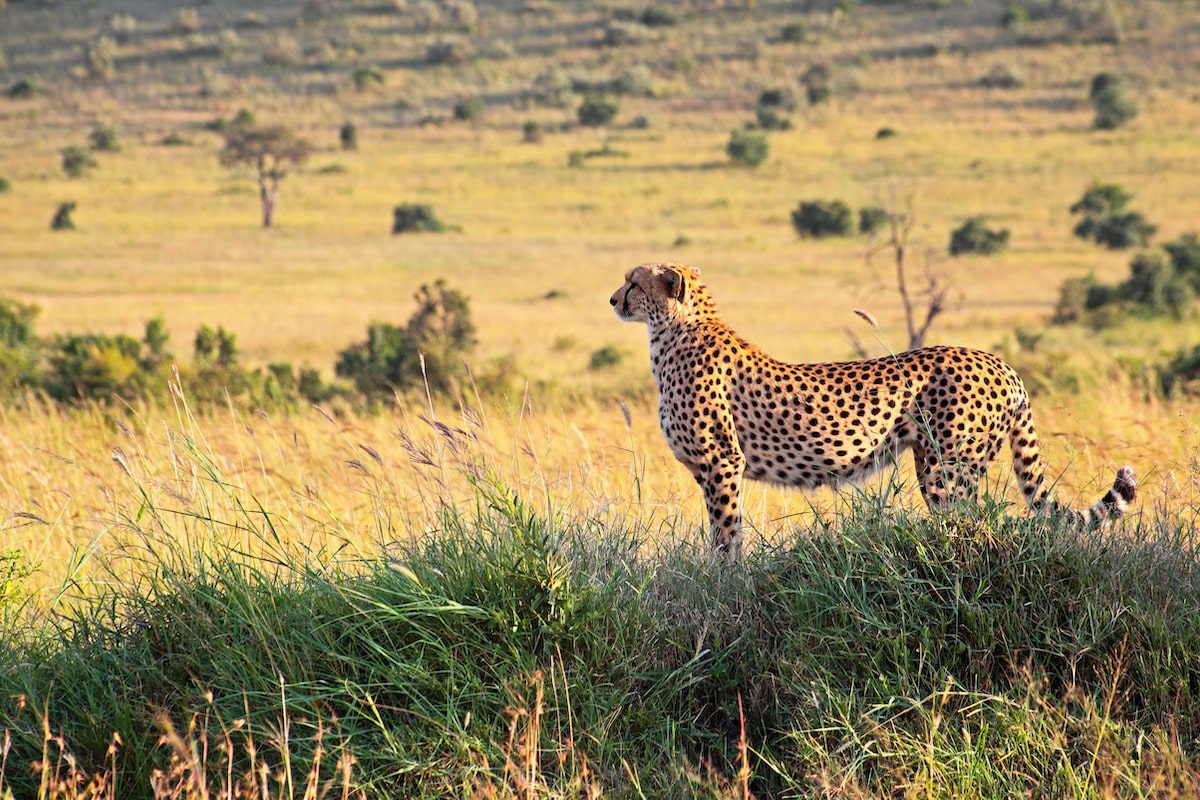


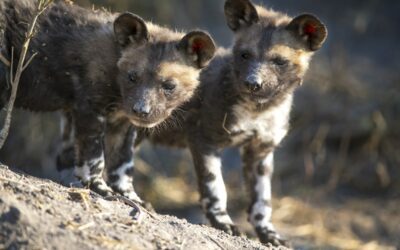

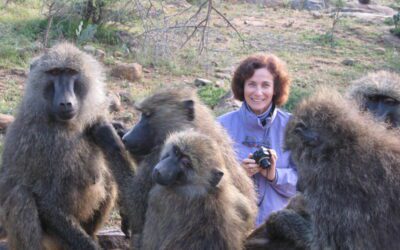
0 Comments
We always strive to use real photos from our own adventures, provided by the guest writer or from our personal travels. However, in some cases, due to photo quality, we must use stock photography. If you have any questions about the photography please let us know.
Disclaimer: We are so happy that you are checking out this page right now! We only recommend things that are suggested by our community, or through our own experience, that we believe will be helpful and practical for you. Some of our pages contain links, which means we’re part of an affiliate program for the product being mentioned. Should you decide to purchase a product using a link from on our site, JourneyWoman may earn a small commission from the retailer, which helps us maintain our beautiful website. JourneyWoman is an Amazon Associate and earns from qualifying purchases. Thank you!
We want to hear what you think about this article, and we welcome any updates or changes to improve it. You can comment below, or send an email to us at [email protected].